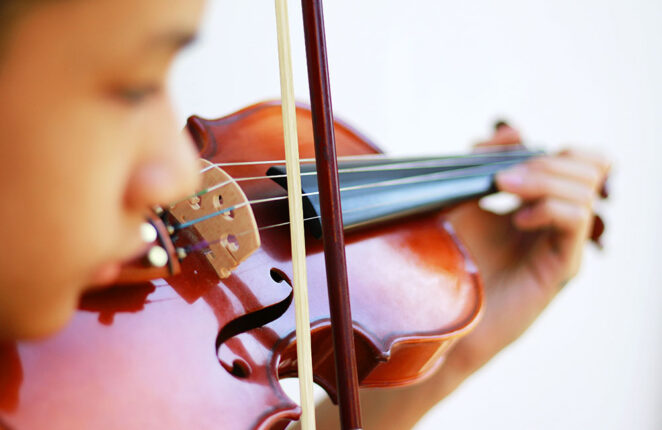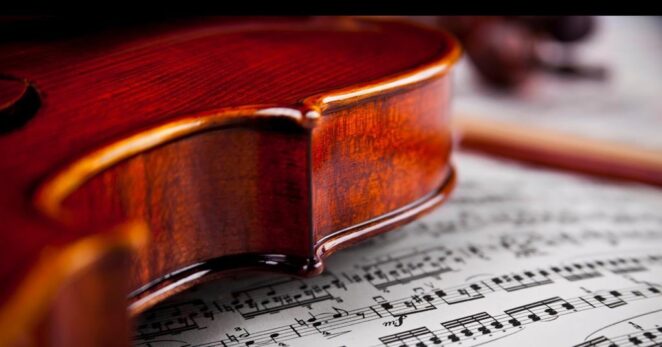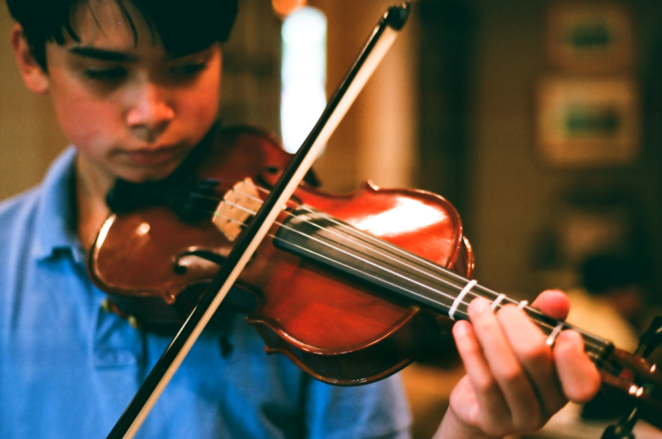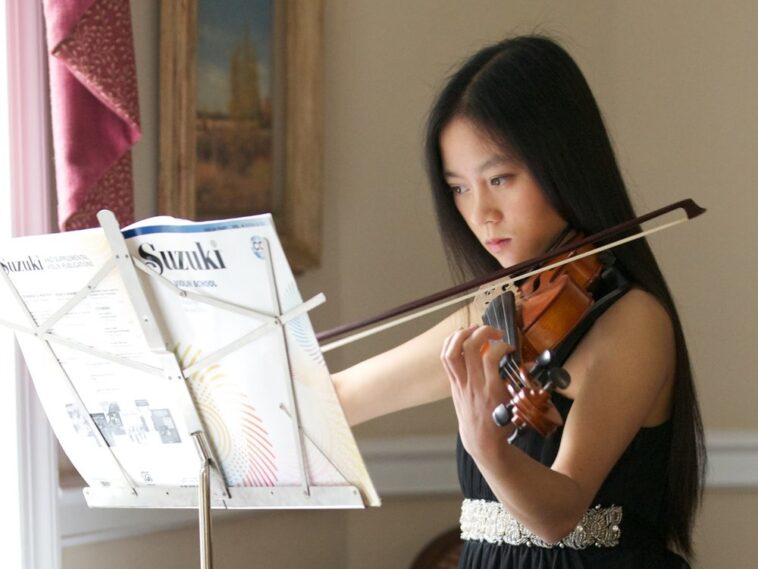Improving as a musician is not an easy process and requires dedication and commitment. As a violist, it is crucial to explore and employ a range of effective strategies to enhance your skills and abilities. By incorporating these strategies into your practice routine, you can make significant strides in your technique, musicality, and overall musicianship.
To embark on this journey of musical growth, it is important to approach your practice with deliberate and focused effort. Simply going through the motions of playing your viola without clear objectives may not yield the desired results. By being intentional in your practice sessions, you can maximize the effectiveness of your efforts and make meaningful progress.
But how do you start with these strategies, and what are the best ways to progress? Stick with us as we share various strategies you can use for effective viola practice.
Setting Goals and Creating a Practice Plan
When setting goals for your viola practice, it’s important to make them specific, measurable, achievable, relevant, and time-bound (SMART). This framework provides clarity and direction, allowing you to track your progress effectively. Additionally, breaking challenging goals into smaller, manageable tasks not only makes them less daunting but also provides a sense of accomplishment as you achieve each milestone.
In your practice plan, consider incorporating a balance between technical exercises and repertoire practice. Technical exercises help build your foundation and address specific areas for improvement, while repertoire practice allows you to apply those skills in a musical context. By including a variety of tasks in your practice plan, you can ensure comprehensive growth as a violist.
Regularly evaluating and adjusting your goals is essential to maintaining motivation and monitoring your progress effectively. As you advance, you may find that certain goals need modification or that new goals emerge. By staying adaptable and responsive to your evolving needs, you can tailor your practice plan accordingly, creating a dynamic framework for continuous improvement.
Utilizing Technology and Resources

You might want to use the technology and other resources available to enhance your viola practice. Recording tools serve as invaluable companions during practice sessions. By recording yourself and listening back, you gain a fresh perspective on your performance, allowing you to identify areas for improvement and make adjustments accordingly. This self-assessment tool facilitates growth and nurtures your ability to critically evaluate your playing.
The internet offers a treasure trove of resources for violists. Video tutorials provide step-by-step guidance on various techniques and repertoire, allowing you to learn from experienced musicians at your own pace. Sheet music libraries offer a vast collection of compositions, ranging from classical masterpieces to contemporary works, enabling you to explore diverse musical styles and expand your repertoire.
Engaging with online communities and forums grants you access to a supportive network of fellow violinists and violists. Here, you can share insights, seek advice, and find inspiration from like-minded individuals on the same musical journey. Collaborating with others fosters a sense of camaraderie and encourages mutual growth.
If you are considering renting a viola, it can be a wise decision. By consulting with an experienced musician at a reputable viola rentals establishment, you can gain valuable insights into selecting the right instrument and receive guidance on efficient practice techniques. Their expertise and firsthand knowledge can provide you with the necessary tools to optimize your practice sessions.
By harnessing the power of technology and leveraging available resources, you can broaden your musical horizons and approach your viola practice with renewed enthusiasm. These tools and platforms not only facilitate skill development but also ignite your creativity, allowing you to explore new musical avenues and discover fresh perspectives in your playing. Embrace the opportunities they offer, and let them propel you towards mastery on the viola.
Evaluating and Reflecting on Progress

Evaluation and reflection are integral components of effective practice, allowing you to gain valuable insights into your strengths and areas for improvement. Self-assessment is a powerful tool where you critically analyze your performance, technique, and musicality. Taking the time to listen to recordings of your practice sessions provides an objective perspective and helps you identify nuances that may go unnoticed during play.
While self-assessment is beneficial, receiving feedback from a knowledgeable mentor or teacher can offer fresh perspectives and targeted guidance. Their expertise and constructive criticism can illuminate blind spots and provide specific recommendations for improvement. Embracing feedback as a valuable learning opportunity accelerates your progress and helps you refine your practice approach.
Once you’ve identified the areas that require attention and further practice, it is essential to revisit your goals and adjust your plan accordingly. Adapting your practice plan allows you to address specific challenges and tailor your efforts toward meaningful growth. As you refine your goals, you create a clear pathway for advancement and maintain a sense of purpose in your practice.
Celebrating your progress and achievements along the way is crucial for sustaining motivation and fostering a positive mindset. Acknowledging the milestones you’ve reached not only boosts your confidence but also reinforces the belief that your hard work is paying off. By cultivating a culture of celebration, you create a supportive and encouraging environment that propels you forward in your musical journey.
Remember, evaluation and reflection are not one-time events but an ongoing and iterative process. Treat it as a continuous cycle of improvement, where you constantly fine-tune your practice plan, set new goals, and chart your progress. Embrace the journey of growth and enjoy the satisfaction that comes with each step forward on your musician’s path.

Conclusion
By dedicating yourself to effective viola practice, you not only enhance your technical skills but also develop a profound understanding of your instrument. The consistent application of strategies like goal-setting and reflection fosters a deeper connection with your viola, allowing you to communicate and express yourself more authentically through music. The journey of improvement as a violist is a continuous one, and the process of evaluating and reflecting on your progress should never cease. Through this ongoing assessment, you can identify areas of strength and areas that require additional attention. Celebrating your achievements along the way not only instills a sense of accomplishment but also fuels your motivation to push further and reach new heights.
So, let your passion guide you as you embark on this path of effective viola practice. With dedication and the application of these strategies, you will witness your musical aspirations come to life and experience the joy of continual growth as a violist.




